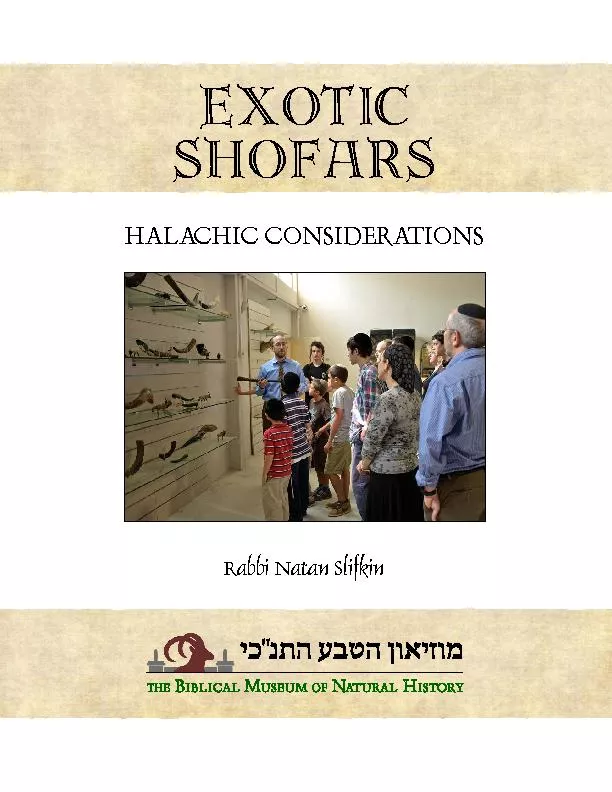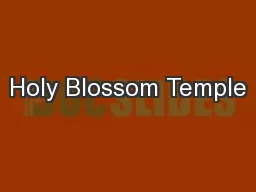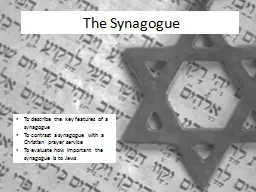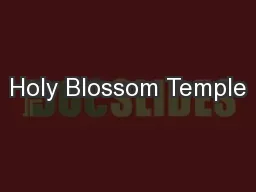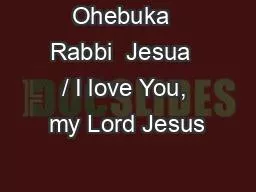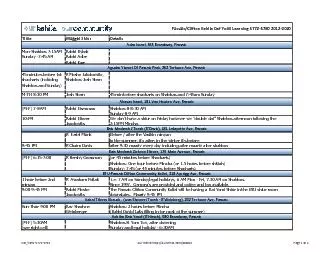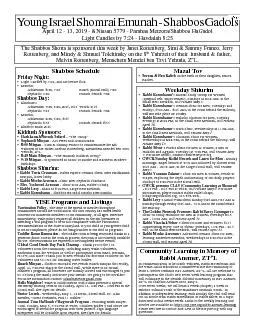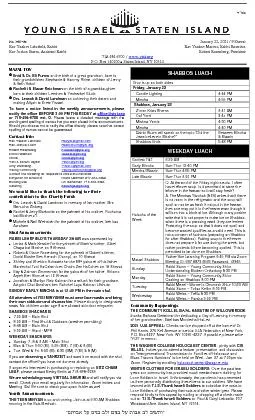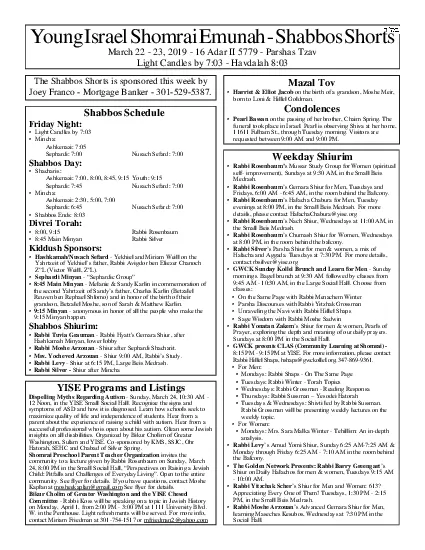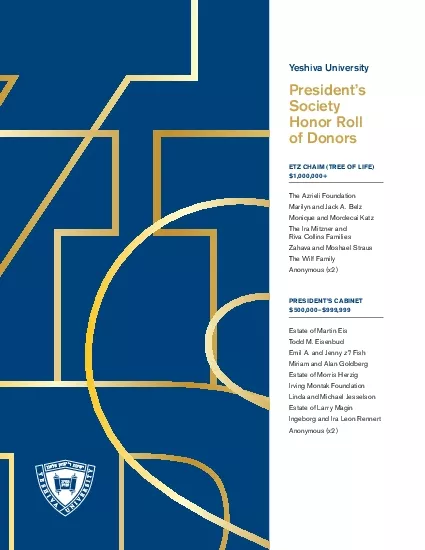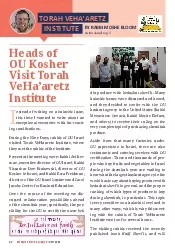PDF-Rabbi Natan Slifkin
Author : kittie-lecroy | Published Date : 2016-07-19
EXOTIC SHOFARS HALACHIC CONSIDERATIONS TH E B LICAL M USEU O F N ATURAL ISTORY All text and photographs c Natan Slifkin 2015 is work may be freely distributed provided
Presentation Embed Code
Download Presentation
Download Presentation The PPT/PDF document "Rabbi Natan Slifkin" is the property of its rightful owner. Permission is granted to download and print the materials on this website for personal, non-commercial use only, and to display it on your personal computer provided you do not modify the materials and that you retain all copyright notices contained in the materials. By downloading content from our website, you accept the terms of this agreement.
Rabbi Natan Slifkin: Transcript
Download Rules Of Document
"Rabbi Natan Slifkin"The content belongs to its owner. You may download and print it for personal use, without modification, and keep all copyright notices. By downloading, you agree to these terms.
Related Documents

